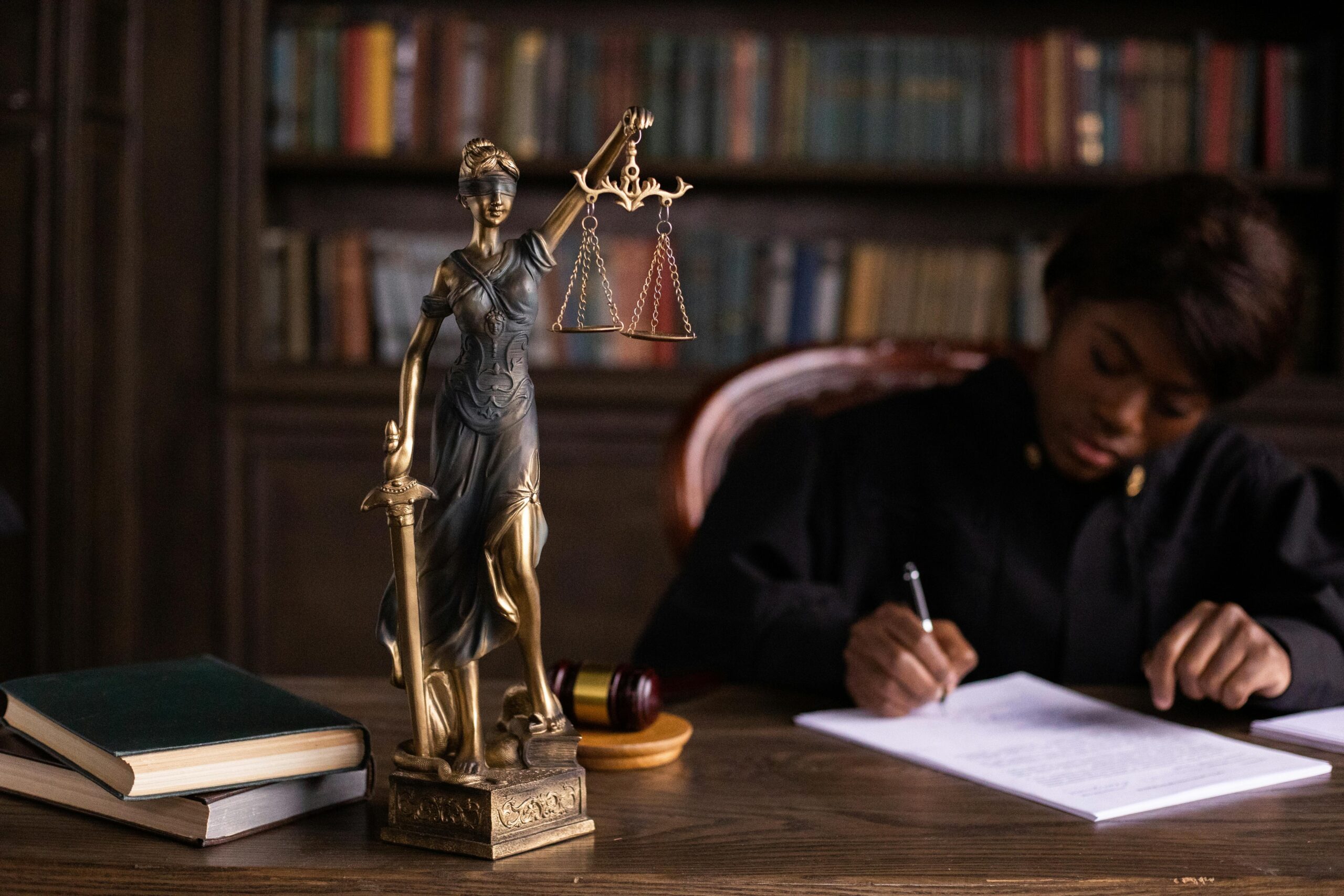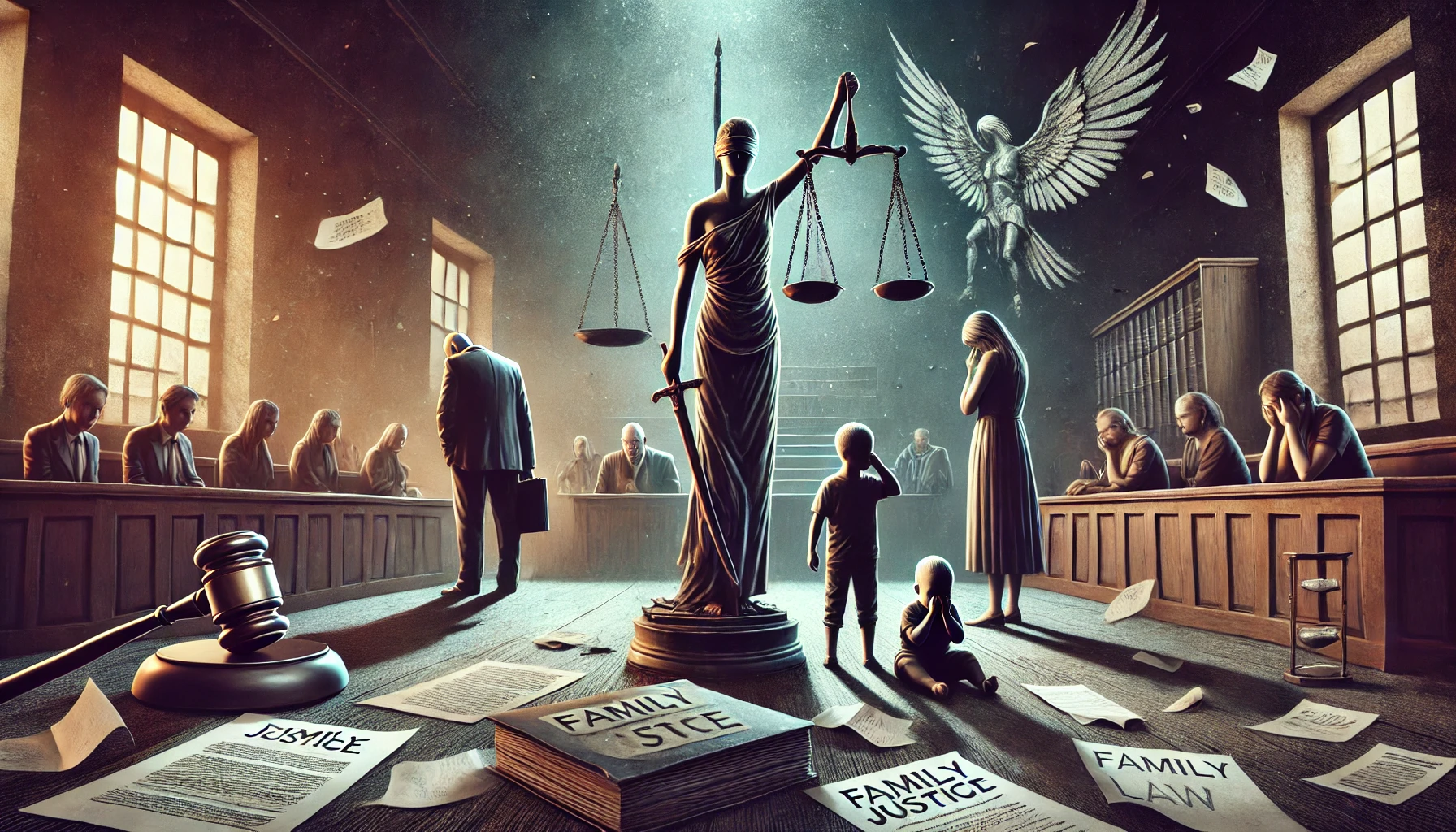Authored By: Gabriella Van Der Maas
Middlesex University
Abstract
This article will examine the interpretations of the qualified rights under the European Convention on Human Rights (ECHR) and how it may disproportionately restrict Islamic expression. It is argued that these judicial limitations have contributed to the increasing pattern of Islamophobia. Article 14 of the ECHR prohibits discrimination against various characteristics a person may possess, including race and religion.[1] Article 9 of the same convention guarantees freedom of thought, conscience, and religion.[2] The restrictions prompt a crucial examination of whether the legal framework is truly effective.
Introduction
The United Nations has defined Islamophobia as ‘fear, prejudice and hatred… that leads to provocation, hostility and intolerance by means of threatening, harassment, abuse, incitement and intimidation of Muslims and Non-Muslims.’[3] A recent occurrence that exemplifies the issue of Islamophobia is the attack in Gardanne, France (2024) involving a Muslim woman being verbally and physically attacked by two women accusing her of ‘taking advantage of social benefits.’[4] This highlights societal discrimination that is still ongoing in this society, raising concerns about the capability of the legal convention to prevent such abuse and promote social harmony. Nevertheless, this incident has portrayed the urgency to assess the convention’s effectiveness and analyse its limitations to ensure protection and uphold citizens’ rights within diverse societies.
European Convention on Human Rights
The ECHR, often referred to as the ‘living instrument,’ has continuously evolved to adapt to changes in societal ideals, providing greater protection for individuals. It is imperative to note that though the law is legally binding, not all the Articles established are deemed absolute; some are qualified or subject to limitations. Thus, with certain Articles including restrictions on the rights, they guarantee positive and negative reinforcements; however, Articles with constraints can be challenged in the Courts.
Scope of Article 9
Article 9 is specifically designed to protect fundamental rights associated with the freedom of religious beliefs. It comprises two components: Article 9(1) and Article 9(2). Article 9(1) focuses on the freedom of conscience and religion in both private and public spheres, ensuring no interference occurs to those who are practising their religion. In contrast, Article 9(2) outlines an individual’s right to manifest their beliefs, subject to certain limitations that pertain to public safety and the protection of others. Furthermore, these restrictions intend to balance between the individual’s right of religious freedom and societal interest, thereby ensuring their religious beliefs do not infringe on the rights of other people’s well-being.
Interference and Justification
Ultimately, there should be an establishment of Article 9 being violated in order to put a claim. Thus, it is essential to prove that Article 9 has been engaged. To confirm it has been engaged, three criteria must be met:
- Whether the scope of the right applies to the situation
- Whether an interference has occurred
- Whether that interference is justified
Secondly, a justification should be present, and if present, there must be a corresponding law that prescribes it, has a legitimate aim, a necessity for society and proportionality.
Discrimination under Article 14
In conjunction with Article 9, Article 14 plays a crucial role by prohibiting discrimination on various grounds, including religion. Moreover, this is highly relevant when dealing with cases that involve Muslim applicants, highlighting the complexities surrounding religious freedom and potential discrimination. Islamic symbols being used and shown in the public eye have raised the issue of whether freedom of religion is truly protected.
The case Eweida and Others v. United Kingdom[5] highlights a distinction between how different religious beliefs have been treated. Upon being told to remove her cross chain due to the corporate dress code, it was evident that Articles 9 and 14 had been violated concerning her right to religious freedom and protection from discrimination. It was revealed in the Courts that they have taken priority in the employer’s desire to protect their corporate image rather than allowing Eweida’s right to express her religious belief. Ultimately, the Courts have determined that the employer’s actions did constitute a violation of both Articles 9 and 14, concluding that her right to her religious expression was protected and prevented discrimination.
The significance of the case, in contrast to future cases that will be mentioned, is the quality of treatment the Courts have handled. In Eweida’s case, it revolved around the display of a crucifix, which is rather an explicit display shown in public. In comparison to the future cases that will be mentioned, it was rather focused on the use of headscarves regarding Islam. Not only has the comparison shed light on the different religions being perceived in a legal context, but it also illustrates the broader societal attitudes towards both religions. Concluding the idea of one religion being considered favourable and tolerable than the other in both legal frameworks and societal norms.
Universal Declaration on Human Rights
Foundational Role and Influence
The Universal Declaration on Human Rights (UDHR), adopted in 1948, has been represented as a widely utilised legislation having been translated into over 500 languages worldwide. As described by Scholar Mary Ann Glendon of the UDHR being ‘impressively multicultural.’ [6] It has been created by multiple legal and cultural perspectives from around the globe. The purpose of this extensive legislation is the protection of individuals universally. It is imperative to recognise that this legislation is not legally binding and consequently does not confer absolute rights to individuals around the world. However, its framework may weaken the protections against religious discrimination, more so towards those who practice Islam. The legal instrument of the UDHR functions as a framework that outlines the principles to ensure protection within society.
Critiques of Universality and Islamic Representation
However, critiqued by Makau Mutua, he has described the UDHR as rather a testament to the morals and values of the European West.[7] He professes that its concepts are formed through European ideals, which have ultimately affected non-Western cultures and religious systems. This has raised concerns about whether the Islamic belief would be recognised and protected under the international human rights guidelines and principles. The contribution of the document to the worldwide protection of civilians has had a significant impact on modern society.
Article 18 and Its Legal Reinforcement through Binding Treaties
Two articles have been enacted that advance the protection of religious beliefs: Article 7, which has established the crucial need to protect against discrimination, while Article 18 proclaims the right to freedom of thought, conscience, and religion. Overall, the UDHR is designed to function as a guide consisting of principles that outline measures ensuring protection within a diverse society. The UDHR has been shaped through a variety of international treaties, which serve to enhance its foundation. The key treaties involved:
- The International Covenant on Civil and Political Rights[8]: an international instrument that aims to protect and promote fundamental civil and political rights. It encompasses essential rights such as freedom of expression, thought, conscience, and religion, as well as safeguards against discrimination.
- The International Covenant on Economic, Social and Cultural Rights[9]: its rights aim to ensure protection from a variety of economic, social and cultural rights in the context of work, education, health and standard of living.
- The Convention Against Torture and Other Cruel, Inhuman or Degrading Treatment or Punishment[10]: aims to prevent torture and various cruel treatment worldwide by requiring state parties to take effective measures within their jurisdictions to stop such acts.
To determine a violation, it is crucial to identify the specific right that has been claimed to be infringed. The state must then substantiate this violation with evidence to assess whether the issue can be presented before the judiciary. Additionally, this requires evidence, including an action resulting in an infringement of that right. Both the ECHR and the UDHR have limitations; they will both operate through the same criteria to assess if there has been a human rights violation. These criteria include whether a limitation has been prescribed by law, if a legitimate aim exists, and whether it was both necessary and proportionate. If any of these criteria have been met, this will not constitute a violation of human rights. Concerning Article 18, it shall be examined by the United Nations Human Rights Committee (UNHRC) and the European Court of Human Rights (ECtHR), as this article reflects the provisions of the International Covenant on Civil and Political Rights (ICCPR) relevant to its role concerning the UDHR.
Key Cases
Dahlab v Switzerland[11]
An example of religious freedom being challenged is the case of Dahlab v Switzerland, as it concentrates on the issue of the wearing of a hijab in an educational institution. When refusing to take it off by authorities, they have issued a claim that wearing the headscarf would influence young children. She then challenges the ban as a core violation under Article 9 of the ECHR. However, the ECtHR declared no violation occurred, with the reasoning being that the interference was justified. Even though the court has acknowledged there being an interference, it was prescribed by law with a legitimate aim. Furthermore, the nature of her work in a primary school raises the possibility that the headscarf symbolising the Islamic belief could pose a threat to secular education. However, this justification is based on the reliability that it may influence young children despite no complaints of causing harm. Nevertheless, illustrating the simplicity of wearing a headscarf contributes to the stereotype and fears of Muslim identity, reflecting societal discomfort.
Leyla v. Turkey[12]
This is regarding a medical student who was banned from wearing her hijab at her university under the Turkish Law. She was then asked to remove the hijab but refused and was barred from attending lectures and exams. Moreover, this sparked the action to claim a violation under Articles 9, 10, 14 and Article 2 of the Protocol No. 1 of the ECHR. However, the judgment in the Grand Chamber has declared no violation under Article 9, claiming it was justified, proportionate and necessary for society. Its reasoning behind its legitimate aims was to protect the rights and freedoms of others, preserve public order and maintain public education. This became a landmark between religious freedom and state secularism as it exemplifies the power the state has in restricting religious symbols in public settings, including educational institutions, under the reasoning of public order. Therefore, its dissenting opinion suggests that the margin of appreciation was too wide and demonstrates the state’s interests over an individual’s religious rights. Moreover, the ban on wearing the hijab being upheld illustrates systemic exclusion of Muslim women in their public life. Policies restricting Muslims from continuing their education demonstrate the reluctance of educational institutions to protect Islamic religious expression.
Freedom of Choice or Not Compatible with Western Views
There have been critics who share their concerns about the process the ECtHR follows, giving the impression that it has given excessive freedom concerning specifically Islam-related cases of religious freedom. Such clothing that signifies religious beliefs has been advanced as a ‘fundamental right in democratic societies,’[13] establishing the highest form of religious freedom to be protected. However, in several European nations, notably France and Belgium, the decision to wear full-face veils have been deemed incompatible with the principles of social communication, fitting the requirements of ‘living together’ without complications.[14] This perspective has been reinforced by Konstantina Alexopoulou that wearing full-face veils was deemed to be ‘at odds with European values.’[15]
Additionally, following a 2006 Report of the European Monitoring Centre on Racism and Xenophobia (EUMC)[16], they have highlighted the nature issue surrounding the wearing of the headscarf in contexts of education and employment across various European countries. The findings concluded that where the topic of the headscarf has been present, it has created a controversial issue as it was seen as a symbol of female oppression and inequality.[17] Ultimately, the report suggested that rather than the use of wearing the headscarf being embraced as a choice that women freely make to showcase their religious beliefs, the act of wearing headscarves and veils often appears to be an imposition mandated by law and would be punished if they violated the law.[18] The controversial perspective has leaned towards the headscarf being represented as ‘a threat to secularism and to basic notions of gender equality, which secularism makes possible… in the public school system.[19] Therefore, the symbol of the headscarf was not towards the freedom of religion but rather a sign of oppression and ‘male domination over women’s bodies and lives.’[20]
Conclusion
Even though the ECHR and UDHR have imposed human rights instruments guaranteeing religious freedom, their limitations have made it rather difficult to protect religious freedom. The simplicity of Islamic dressing has been vulnerable to legal restrictions in different settings. A stronger scrutiny of state justifications and narrowing the margin of appreciation may benefit and increase the chance of better protection for Muslims.
Bibliography
Case Law
- Dahlab v Switzerland (2001) App no 42393/98
- Eweida and Others v United Kingdom (2013) 57 EHRR 8
- Leyla Şahin v Turkey (2005) 44 EHRR 5
Treaties
- Convention against Torture and Other Cruel, Inhuman or Degrading Treatment or Punishment (1984) 1465 UNTS 85
- European Convention on Human Rights 1999
- International Covenant on Civil and Political Rights (1966) 999 UNTS 171
- International Covenant on Economic, Social and Cultural Rights (1966) 993 UNTS 3
- Universal Declaration of Human Rights (1948 UNGA Res 217 A(III))
Journal Article
- Alexopoulou K, ‘The Margin of Appreciation in Freedom of Thought, Conscience, and Religion under Article 9 of Echr’ (2022) 11 Oxford Journal of Law and Religion 220
- Bennoune K, ‘Secularism and Human Rights: A Contextual Analysis of Headscarves, Religious Expression, and Women’s Equality Under International Law’ (2007) 45 Columbia Journal of Transnational Law 367
- Ssenyonjo M, ‘The Islamic Veil and Freedom of Religion, the Rights to Education and Work: A Survey of Recent International and National Cases’ (2007) 6 Chinese Journal of International Law 653
Websites
- Buaras EA, ‘The Muslim News’ (Mum of four targeted in violent Islamophobic attack in southern France, 27 December 2024) <https://muslimnews.co.uk/newspaper-tag/hijab/> accessed 8 June 2025
- Nations U, “International Day to Combat Islamophobia” (United Nations, March 15) <https://www.un.org/en/observances/anti-islamophobia-day> accessed June 8, 2025
- Waring N, “Assessing the Universal Declaration” (Harvard Law School, April 25, 2000) <https://hls.harvard.edu/today/assessing-universal-declaration/> accessed June 8, 2025
[1] European Convention on Human Rights 1999, s 14.
[2] Ibid, s 9.
[3] United Nations, “International Day to Combat Islamophobia” (United Nations, March 15) <https://www.un.org/en/observances/anti-islamophobia-day> accessed June 8, 2025.
[4] Buaras EA, ‘The Muslim News’ (Mum of four targeted in violent Islamophobic attack in southern France, 27 December 2024) <https://muslimnews.co.uk/newspaper-tag/hijab/> accessed 8 June 2025.
[5] [2013] 57 EHCR 8.
[6] Nancy Waring, “Assessing the Universal Declaration” (Harvard Law School, April 25, 2000) <https://hls.harvard.edu/today/assessing-universal-declaration/> accessed June 8, 2025.
[7] ibid.
[8] (1966) 999 UNTS 171.
[9] (1966) 993 UNTS 3.
[10] (1984) 1465 UNTS 85.
[11] [2001] App no 42393/98.
[12] [2005] ECHR 81913/00.
[13] Konstantina Alexopoulou, “The Margin of Appreciation in Freedom of Thought, Conscience, and Religion under Article 9 of ECHR” (2022) 11 Oxford Journal of Law and Religion 220, 230.
[14] Ibid.
[15] Ibid, 231-232.
[16] M Ssenyonjo, “The Islamic Veil and Freedom of Religion, the Rights to Education and Work: A Survey of Recent International and National Cases” (2007) 6 Chinese Journal of International Law 653, 655.
[17] Ibid.
[18] Karima Bennoune, “Secularism and Human Rights: A Contextual Analysis of Headscarves, Religious Expression, and Women’s Equality Under International Law” (2007) 45 Columbia Journal of Transnational Law 367, 390.
[19] Ibid.
[20] Ibid.





